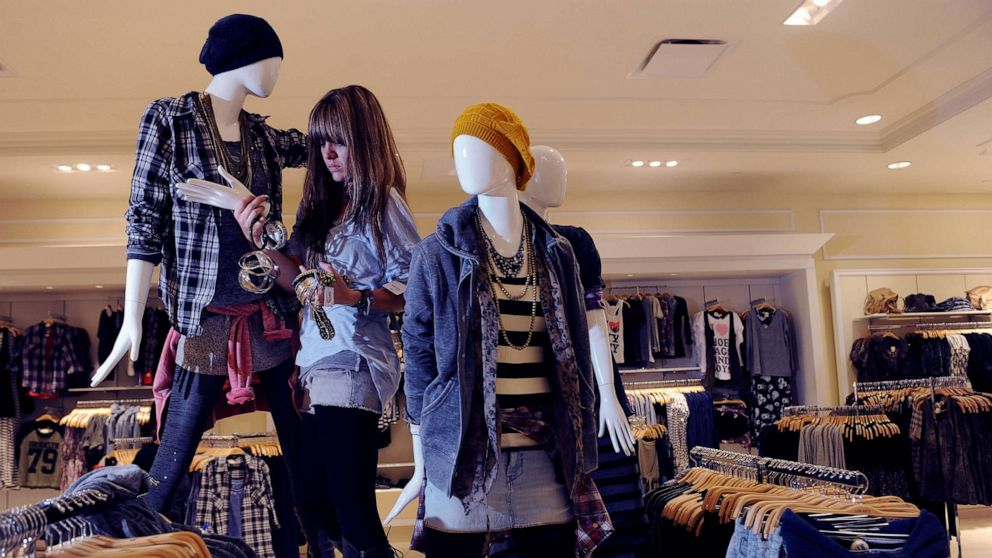The 1950s, 60s, 70s, 80s, 90s, and 2000s have made fashion and beauty resurgent over the past two years. Everyone is capitalizing on nostalgia in a world ruled by trends.
Everything that was once old is now being made new.
Why is nostalgia making a comeback
Gen Z finds it more challenging to find unifying cultural moments due to the fragmented pop culture trends caused by the rapid pace of social media. As a result, they look back to earlier times when a generation could be united by the music, fashion, humor, etc., of well-known films and TV shows like Friends or Harry Potter.
In contrast to millennials, Gen Z was born into the internet age and yearned for a more authentic experience. Ironically, the more social media and smart technology advance, the more we yearn for a more unplugged past. The growth of nostalgia as a trend is also greatly influenced by the start of the epidemic.

In Fashion and Entertainment
In recent years, fashion has returned to the styles of the 1980s and 1990s.
This so-called “millennial nostalgia” is something that can be felt easily but is challenging to define. It can be seen in fashion, movies, television, and even advertisements.
In recent seasons, retro fashions like oversized blazers, biking shorts, fanny packs, and Champion apparel have made a comeback.
The surge in nostalgia has resulted in hard fabrications, trucker jackets, cargo pockets, high waists, wide legs, and acid wash and bleached denim.
The highest-grossing movies of 2022 were remakes and sequels of films that were released decades earlier. According to Box Office Mojo by IMDb Pro, the top five grossing domestic films of the year were all previously released works of art, with “Top Gun: Maverick,” a follow-up to the 1986 action drama “Top Gun,” obtaining the top spot.
In an effort to maintain ties to previous brands and appeal to younger audiences, the entertainment industry urged the now-adult children of the 1980s and 1990s to maintain a lifelong bond to adolescence.
This kind of brand development is known as “eternal branding.”
These reboots specifically target millennials, who are often classified as people born between 1981 and 1996 and are sometimes cited as being particularly prone to nostalgic feelings.

Youth’s Coping Mechanism
The best way to escape the uncertainties of the present is to go back to the good old days of the past. Additionally, it allows millennials to revisit their youth and adolescence, bringing pleasant memories to the fore. Regardless of the media, Nostalgia is fundamentally about fostering a sense of belonging and strengthening relationships through shared memories.
Many people, especially young adults or those without a financial safety net, are concerned about their ability to make financial responsibilities like rent or student loan payments due to the current economic climate. People resort to their memories of the comfort, stability, and love they experienced in the past when they are feeling nostalgic.

It has been suggested that memories based on emotions are more strongly ingrained than memories that are not based on emotions, such as recollections based on music or clothing. It is understandable that nostalgia could be used as inspiration to recreate happy moments from the past to make a more fulfilled future if used in moderation, regardless of whether the reason for the recent “millennial nostalgia” is an over-saturation of ’90s content in media or a coping mechanism for stress.













